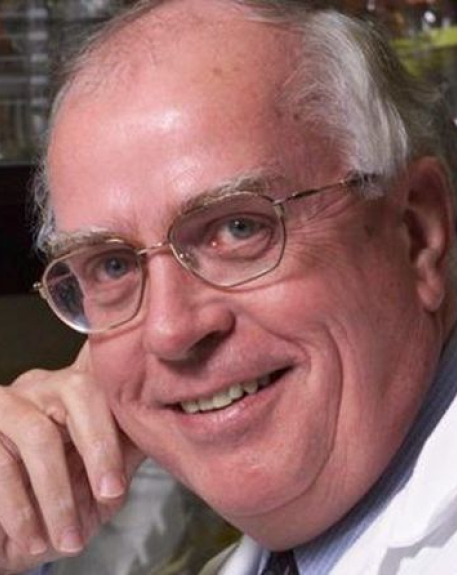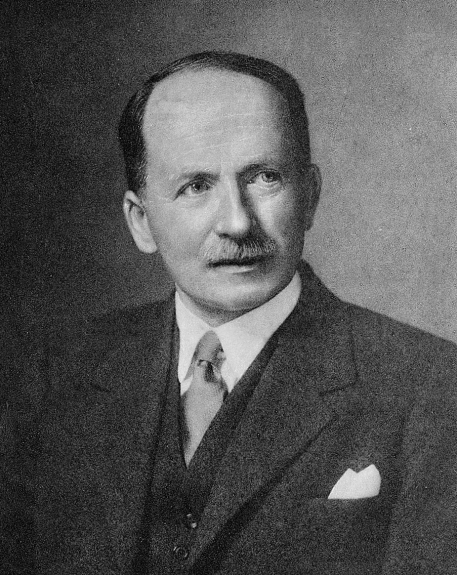1997 INDUCTEE Wilfred G. Bigelow, MD Heart & Vessels, The Early Days - Health Care Pioneers, Leadership in Organizational Development
June 18, 1913
(Brandon, Manitoba )
March 27, 2005
MD, University of Toronto (1938)
1992: F.N.G. Starr Medal, Canadian Medical Association
1981: Officer of the Order of Canada
See All AwardsAwards & Honours:
1992: F.N.G. Starr Medal, Canadian Medical Association
1981: Officer of the Order of Canada
1959: International Gairdner Award
Jason A. Hannah Medal, Royal Society of Canada
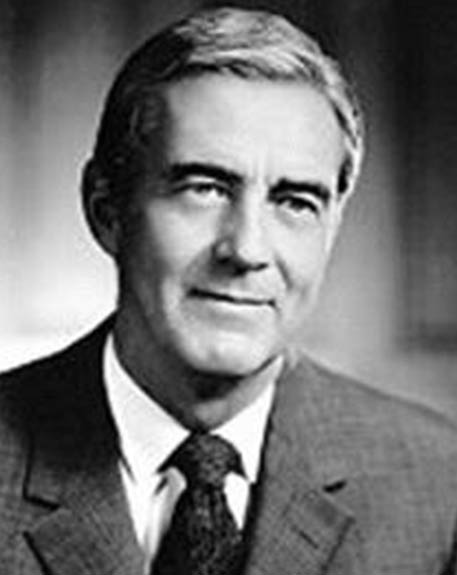
The founding father of cardiovascular surgery
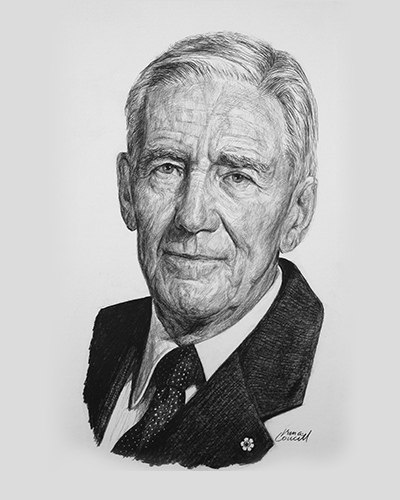
A world-renowned surgeon and an imaginative scientist
Dr. Wilfred Gordon Bigelow's key discovery was recognizing how to lower the body's oxygen requirements while lowering the body's core temperature to a point at which safe open heart surgery was possible. Soon after, Bigelow made history again. During an experimental surgery, Drs. Bigelow and John C. Callaghan ran into an unexpected situation; the dog’s heart suddenly stopped beating. The heart was normal in all respects, and in desperation, Dr. Bigelow “gave it a good poke”. The heart contracted, and with repeated pokes simulated regular heart beats, they obtained a blood pressure reading. Electrical impulses given to the sinoatrial node had the same result – they had just found the makings of an artificial cardiac pacemaker.
Key Facts
Made important contributions to heart surgery with the use of hypothermia to slow tissue metabolism, protecting the heart and brain from damage.
Authored more than 120 articles and publications, including two manuscripts
Mentored over 40 students at the postgraduate level
Introduced important reforms to the surgical training programs at the University of Toronto and the Toronto General Hospital
His collaborative work on the pacemaker is considered to be the genesis of bioengineering
Recognized with over 25 major awards
Professional timeline
Impact on lives today
Dr. Wilfred Bigelow was one of the most renowned cardiovascular surgeons and his legacy remains among the world's giants in medicine. After spending years refining his hypothermia technique, he perfected the procedure by combining it with the newly developed heart and lung machine, a method that remains standard practice today. Not only was this heart surgery a safer procedure, it opened the door to many more advances in cardiovascular surgery. In addition, Bigelow’s role in the development of the pacemaker, continues to save thousands of lives around the world. Between 2014 and 2015, over 15,000 pacemakers were implanted in Canada alone.
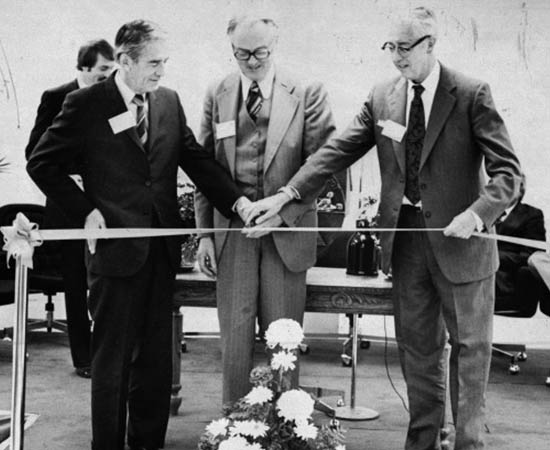
1997
-
Wilfred Bigelow inducted into the Canadian Medical Hall of Fame
London, Ontario
-

Bigelow published Cold Hearts: The Story of Hypothermia and the Pacemaker in Heart Surgery
Patient Care, Heart & VesselsHe followed this publication with Mysterious Heparin: The Key to Open Heart Surgery in 1990.
-
Having already established the first Division of Cardiac Surgery in Toronto in 1947, Dr. Bigelow continued to innovate
Heart & Vessels, Health and Medical Education & TrainingIn 1957, he set up the first inter-hospital postgraduate cardiovascular surgical training programme in Canada.
-
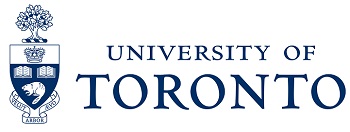
Already a research fellow with the University of Toronto, Bigelow became an assistant professor at the University of Toronto’s Department of Surgery
Health and Medical Education & TrainingHe earned the rank of full professor in 1970.
-
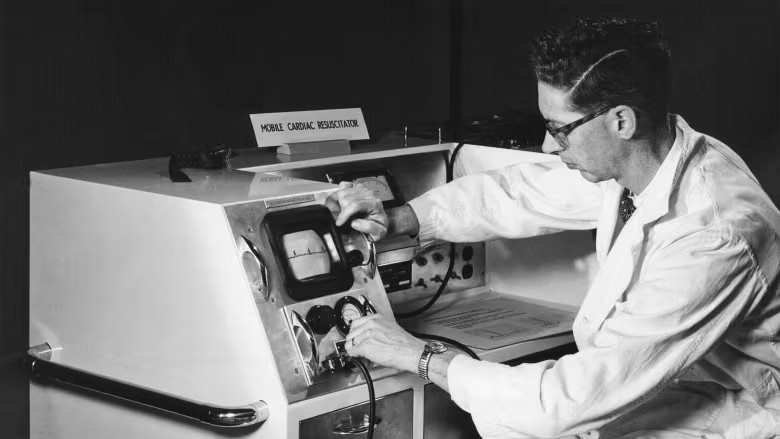
Wilfred Bigelow revolutionized the field of cardiovascular surgery yet again
Heart & VesselsPartnering with electrical engineer Dr. John Hopps, the team developed the world’s first artificial cardiac pacemaker that could regulate an individual’s heart rate when surgically implanted.
-
Wilfred Bigelow conceived the idea of cooling the body into a hypothermic state before surgery to reduce the amount of oxygen needed
Heart & VesselsThis discovery significantly minimized the risk of heart and brain damage and gave surgeons a clearer field of vision.
-
Wilfred Bigelow was appointed to the Director of the Cardiovascular Laboratory at the Banting Research Institute
Heart & Vessels, BloodDuring his 30-year tenure, he pioneered research in hypothermia, hibernation as well as heparin, the anti-coagulant discovered by colleague Dr. Charles H. Best.
-
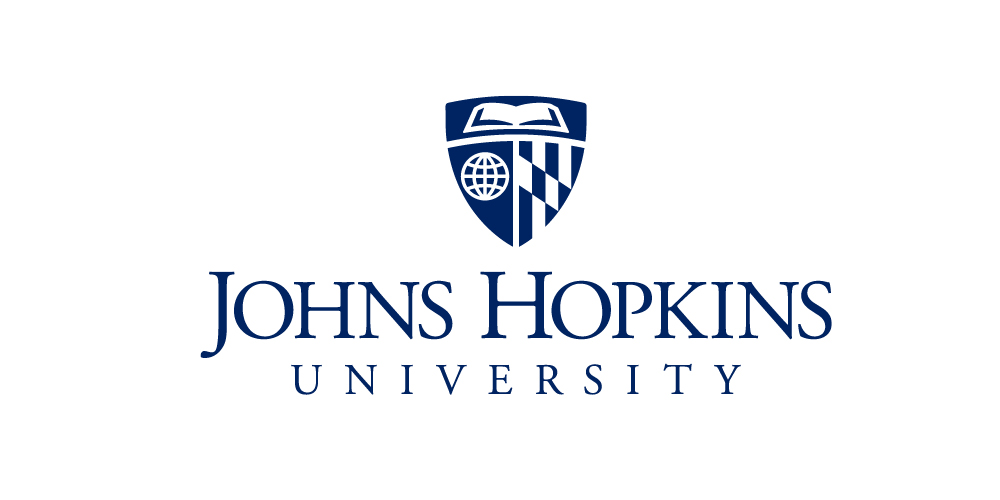
After the war, Bigelow completed his surgical training at Johns Hopkins
At the time, doctors were hesitant to open the heart during surgery due to the associated high risks.
-
During World War II, Bigelow served as a surgeon in casualty clearing stations
Patient CareHe observed firsthand how hypothermia affects the body.
-

Bigelow earned his MD from the University of Toronto in 1938
He then completed a surgical residency at Toronto General Hospital.
1938
I always thought that patients never got enough credit for having courage.

